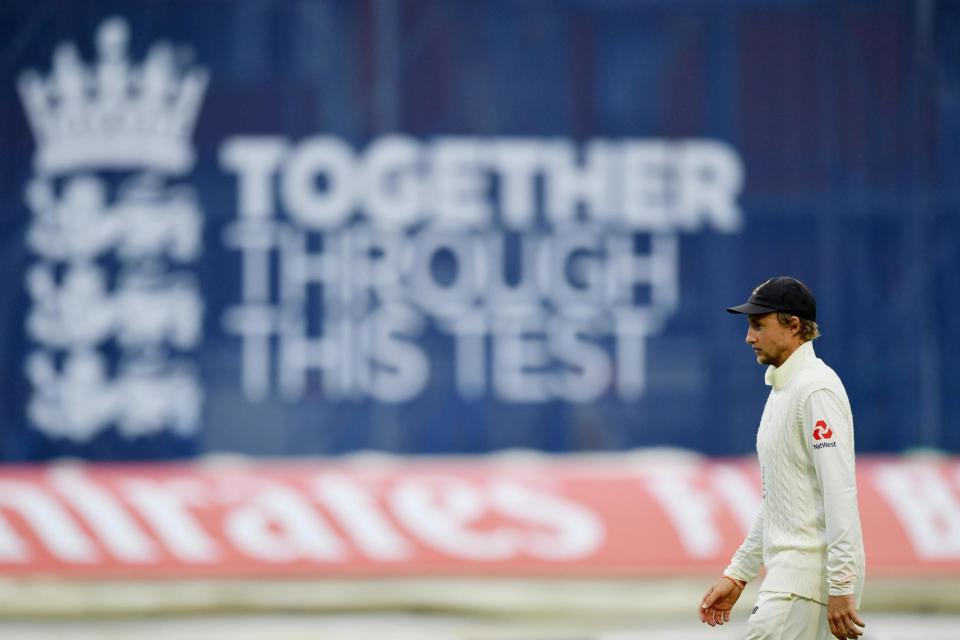Umpires must consider the poor public when 'bad light' halts play

"Test match cricket is bonkers." Those were the words of Michael Vaughan after the last ball of BBC Two's highlights show last night.
Dom Bess had just bowled the day's 49th over. The last seven of those had seen Bess in tandem with Joe Root, another spinner, because the umpires deemed it too dark for the pace of Jofra Archer (below), despite the floodlights being on.
At 6.11pm, 25 minutes after the players had returned from a three-hour rain delay, the officials decided it was now too dark for spin bowling and, six minutes after that, stumps were called. Babar Azam had just whacked Bess for his 11th four, so was clearly still able to see the ball.
At the end of such a frustrating day, it was indeed bonkers for that to be the close, especially as by the time the post-match press conferences took place, artificial light had been surpassed by blazing early evening sunshine.

That Vaughan was talking on a highlights show on terrestrial TV was a reminder that just because there are no paying punters to serve this summer does not mean no one is watching. After a great summer of 2019, and with this being the only international sport on, it feels like cricket is as popular as it has been in a generation.
The Beeb's highlights is rating in the millions, while Sky Sports figures are approximately 30 per cent higher than usual. The West Indies series was the highest-viewed Test series since Sky has been broadcasting cricket (yes, that includes the Ashes). It was a brilliant series — and this one should be even better.
Test cricket, we are continually told, is dying. It is actually in rude health in England, but still has an issue with Britain's great uncontrollable: the weather.
But with state-of-the-art drainage and epic floodlights installed at great expense, should these delays last as long as they do? Just as the day ended prematurely
due to light, yesterday's rain delay certainly lasted longer than it needed to, as evidenced by England's players choosing to fill time, in the sun, by heading a football from their balcony into a bin on the patently dry outfield.
Put simply, Test cricket needs to be keener to be on the field, both when the weather is not absolutely perfect and the following day, when time should be made up first thing in the morning. This morning's play should have started at 10.30. That happens in other parts of the world, so why not in England?

Umpires are generally good people doing a hard job. At the highest level, they have many jobs to juggle, as evidenced by the no-ball's recent removal from their remit. Decisions around weather remain in the officials' gift and most decisions are simple: they think sensibly about safety and apply ICC protocol.
That protocol has long been filed under "ridiculous cricketisms that should change but probably will not", so perhaps the umpires are hamstrung.
But this summer, which has seen all four Tests blighted by the weather, has only enforced an unfortunate perception that umpires, who are almost all former players because they are so much better placed to read the game and make decisions, are out of touch.
The application of common sense is rarer than the all-run four. Take timings: on the first day of the Second Test against West Indies, play started at 12.30pm, then they took a 40-minute lunch an hour later. There are plenty of mooted solutions to the game's weather issues, but a spot of logic and consideration of viewers would go further than the lot.
This summer, after such a long wait, such delays are all the more frustrating. Fans deserve so much better.

